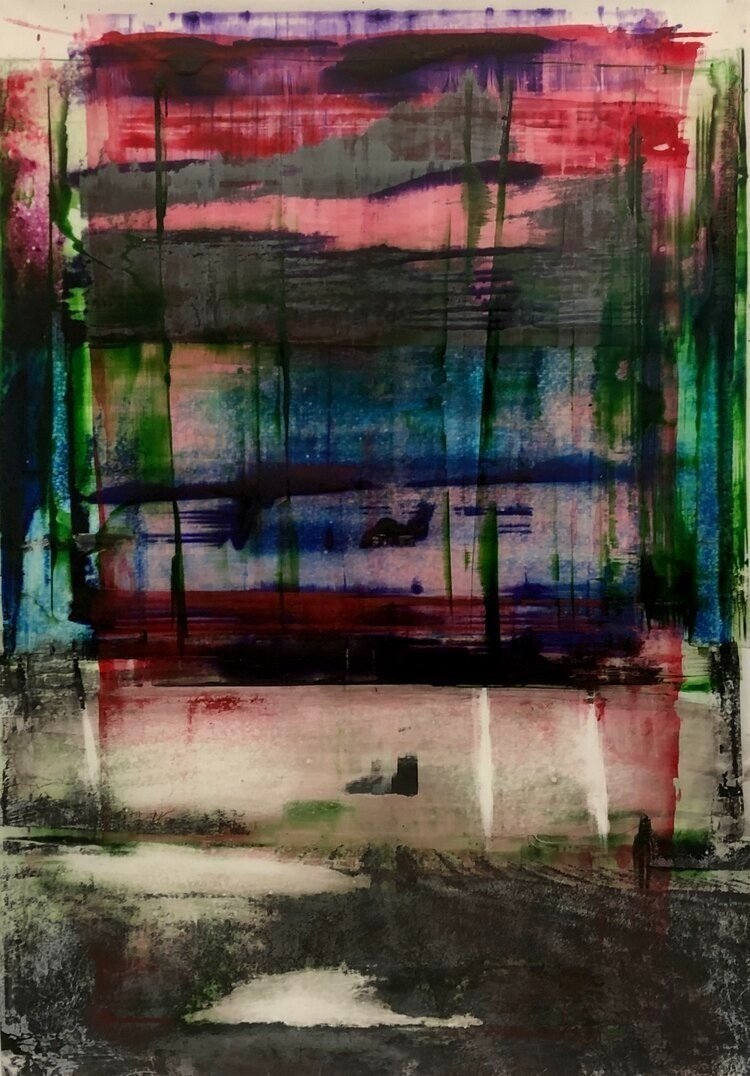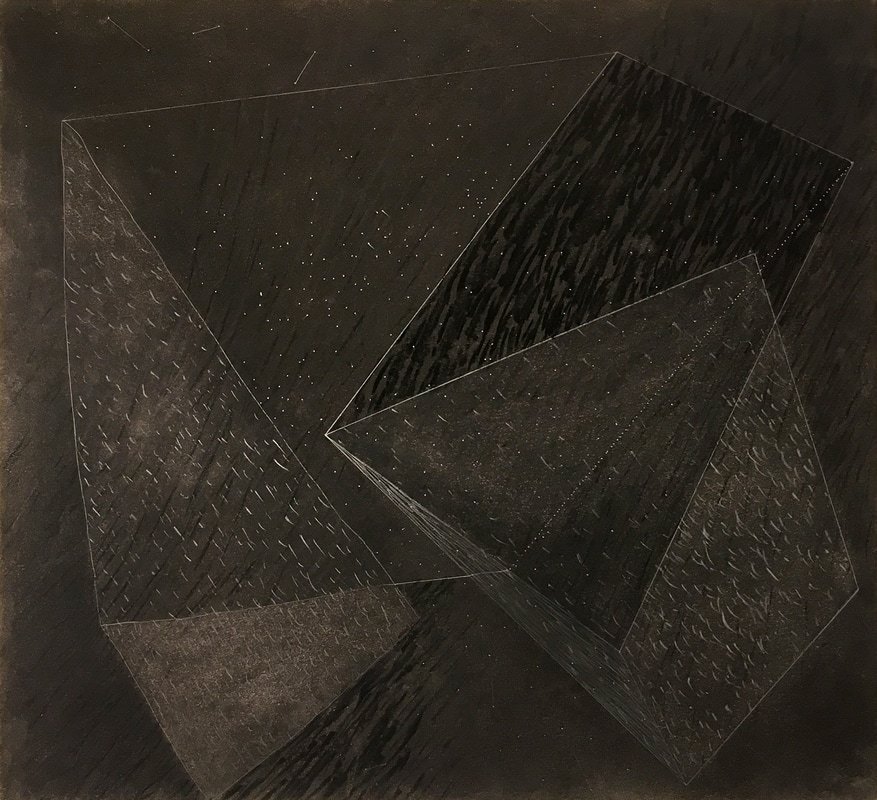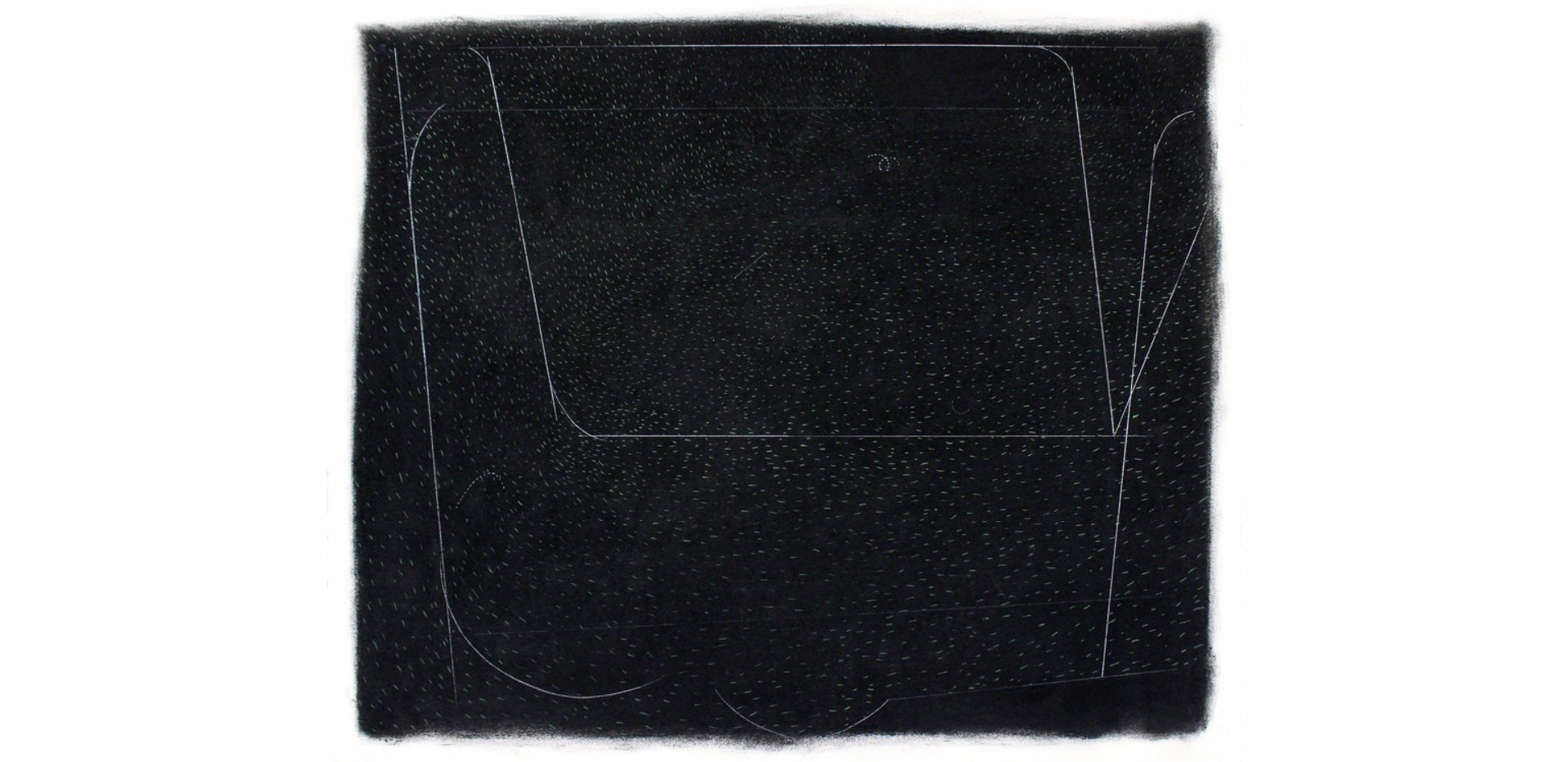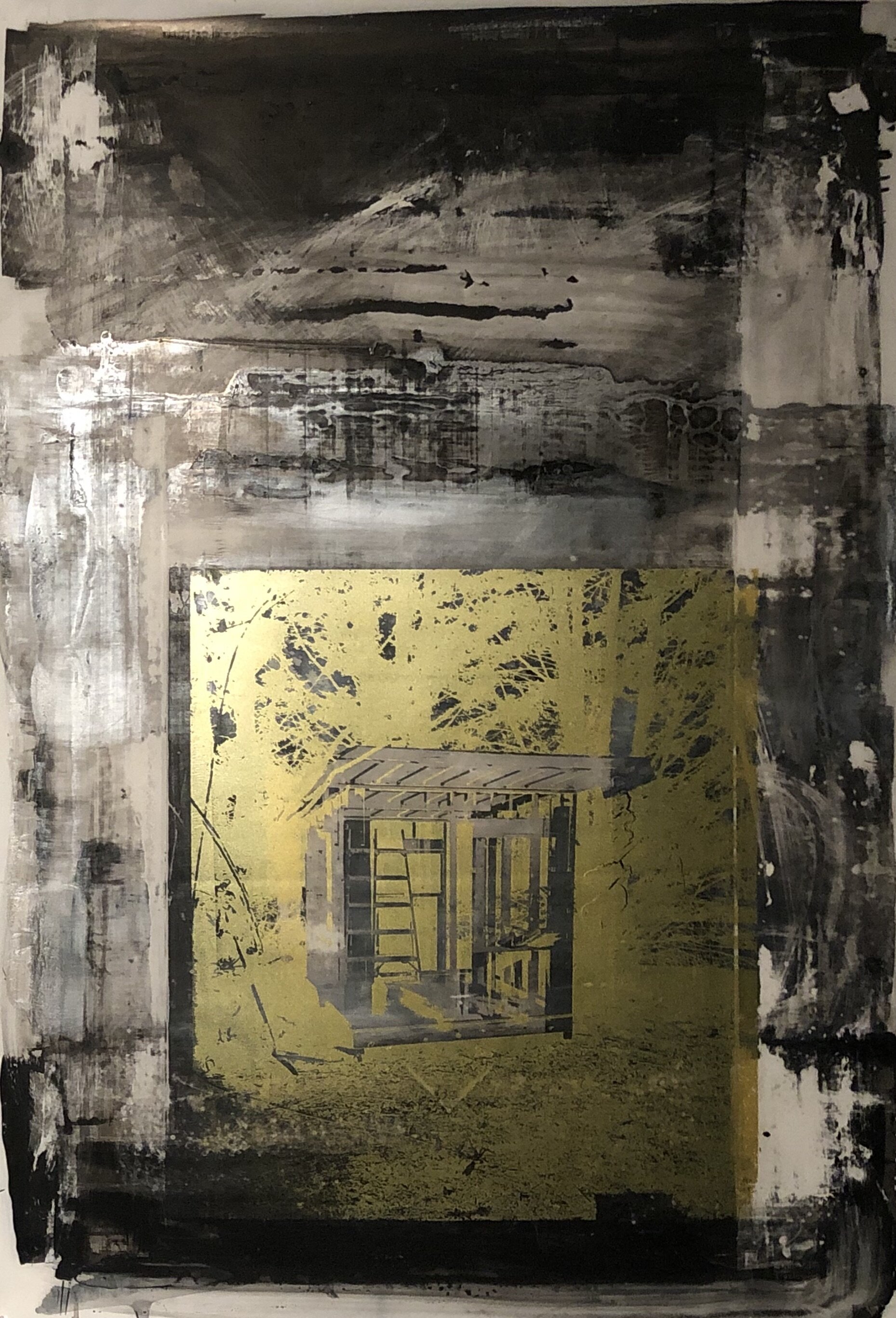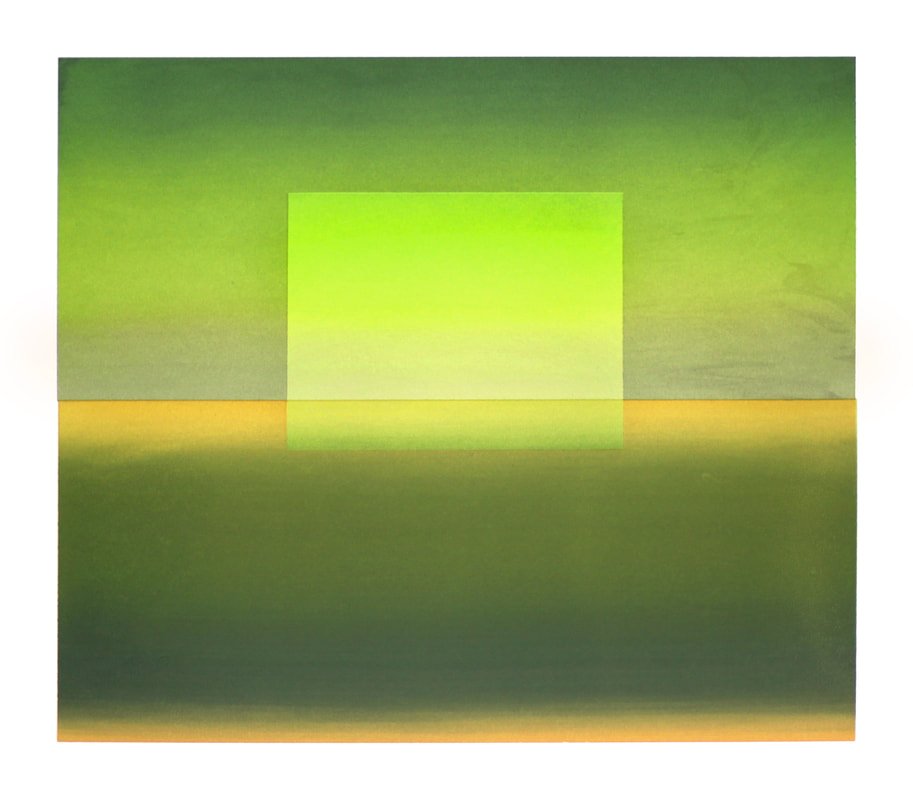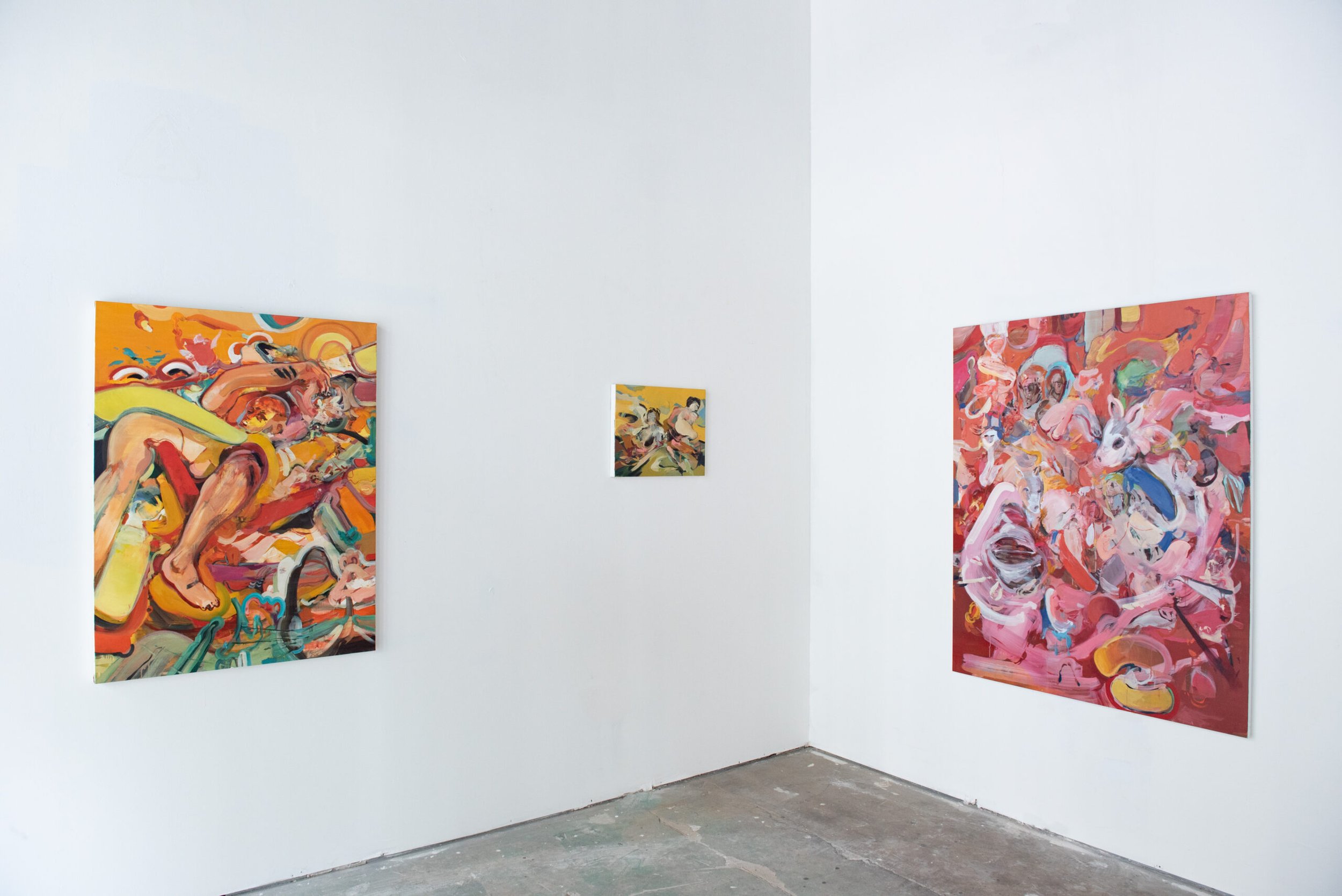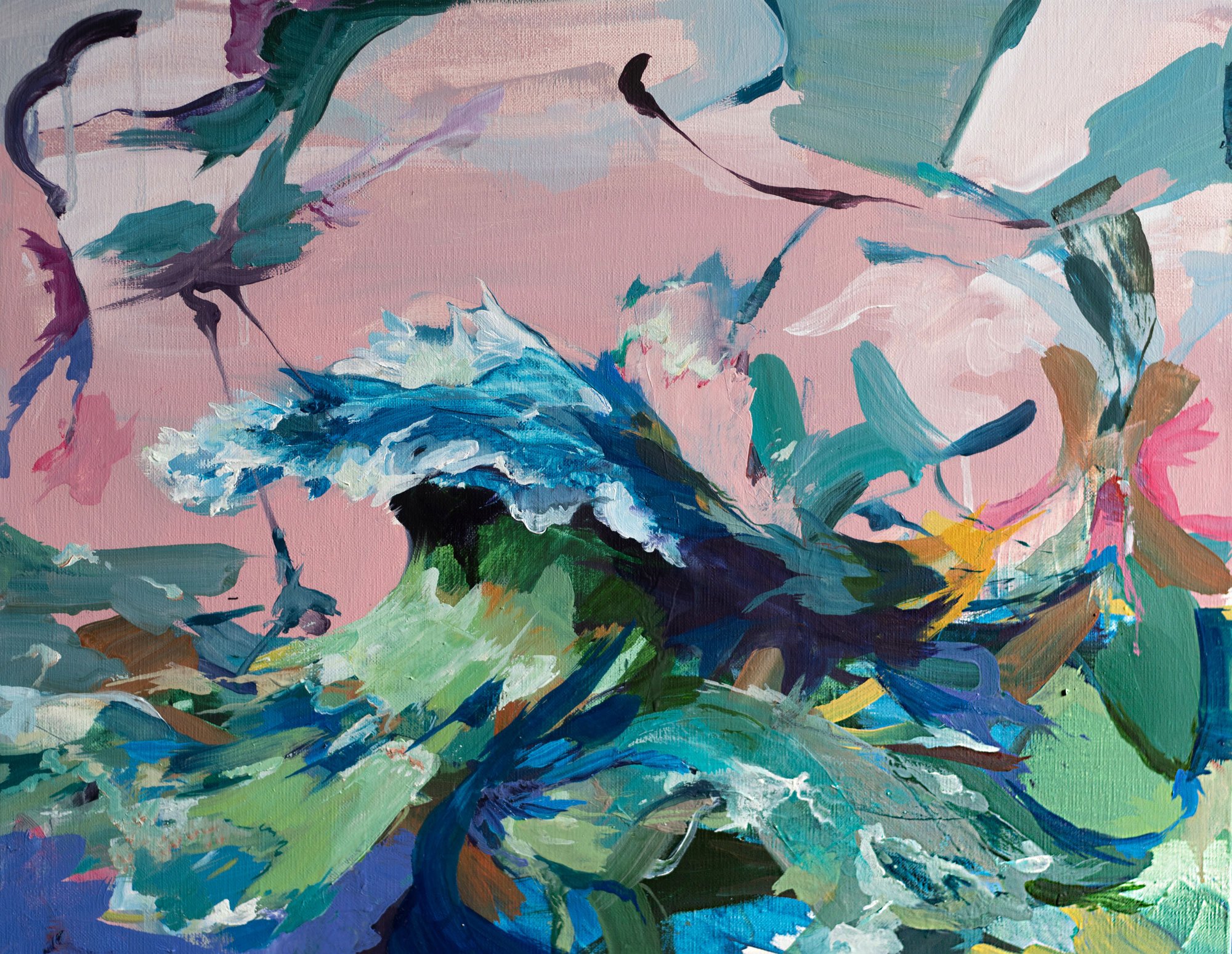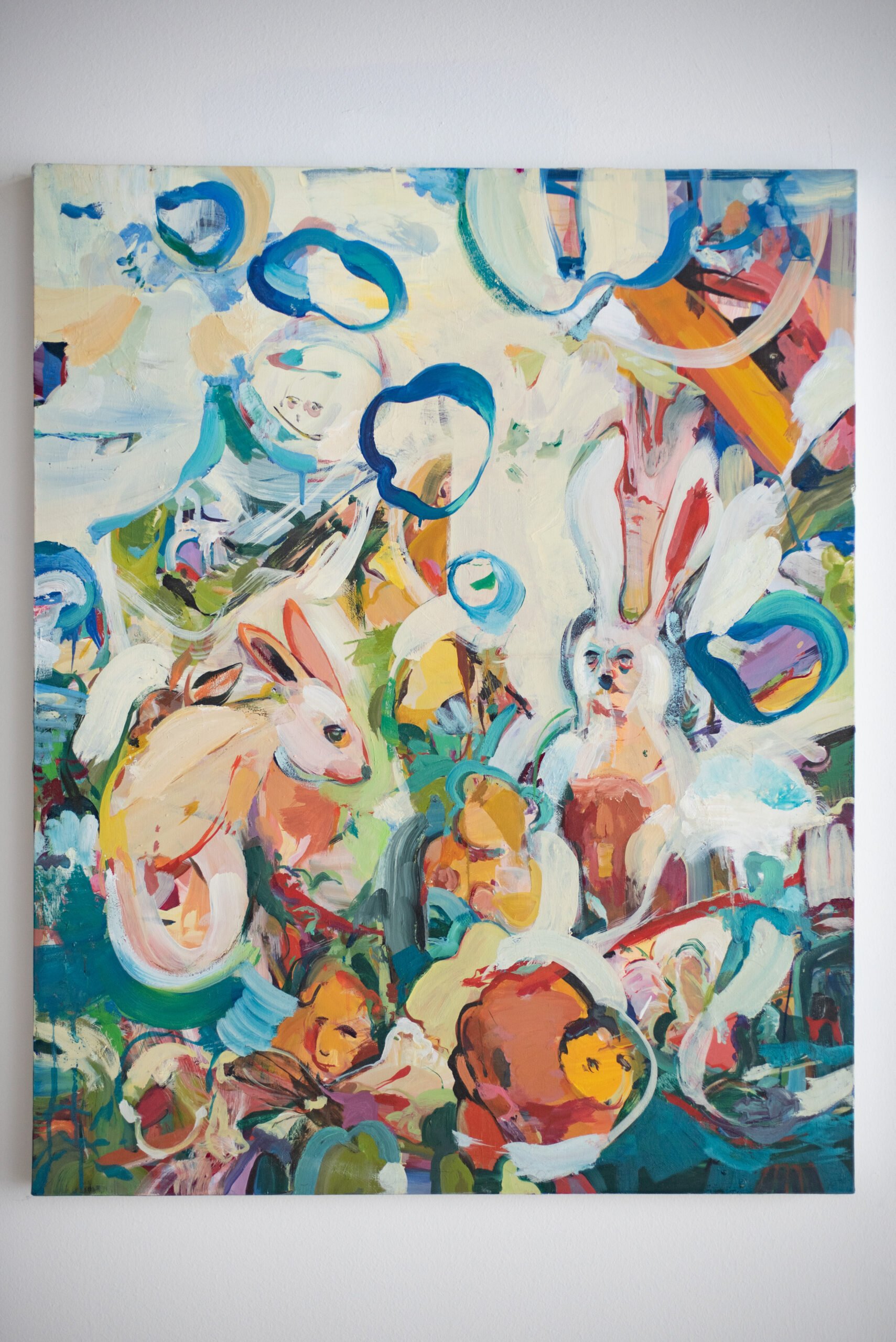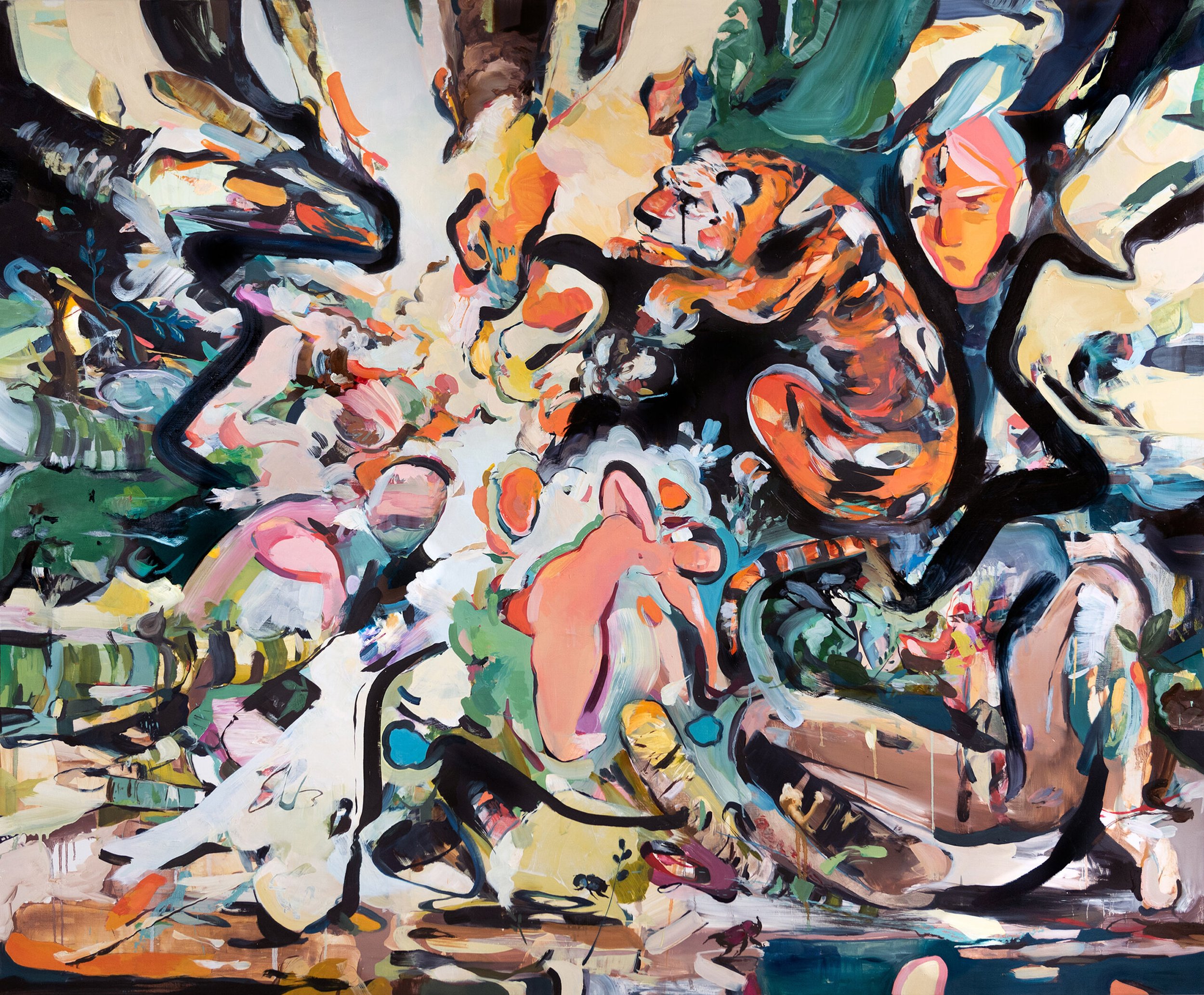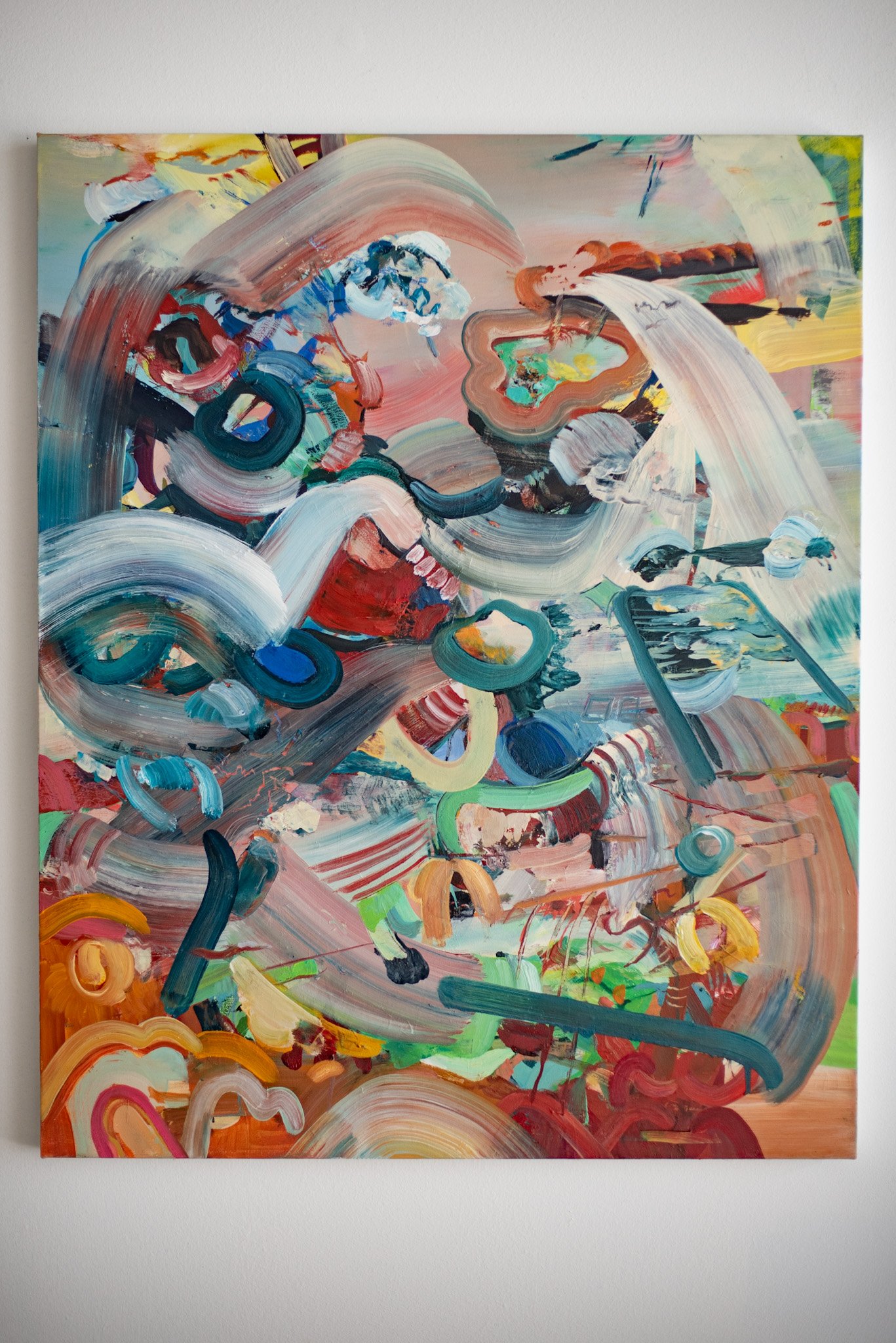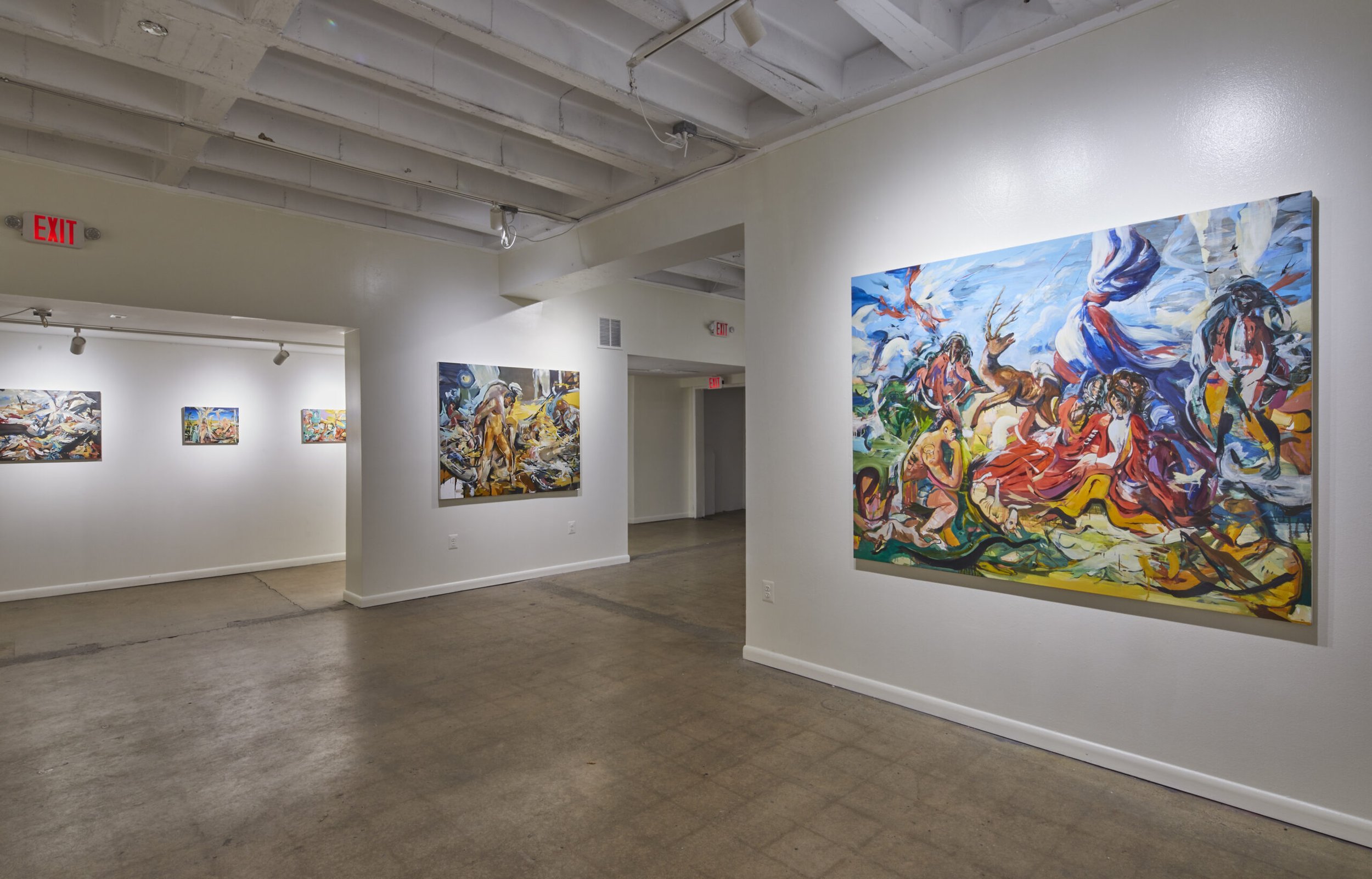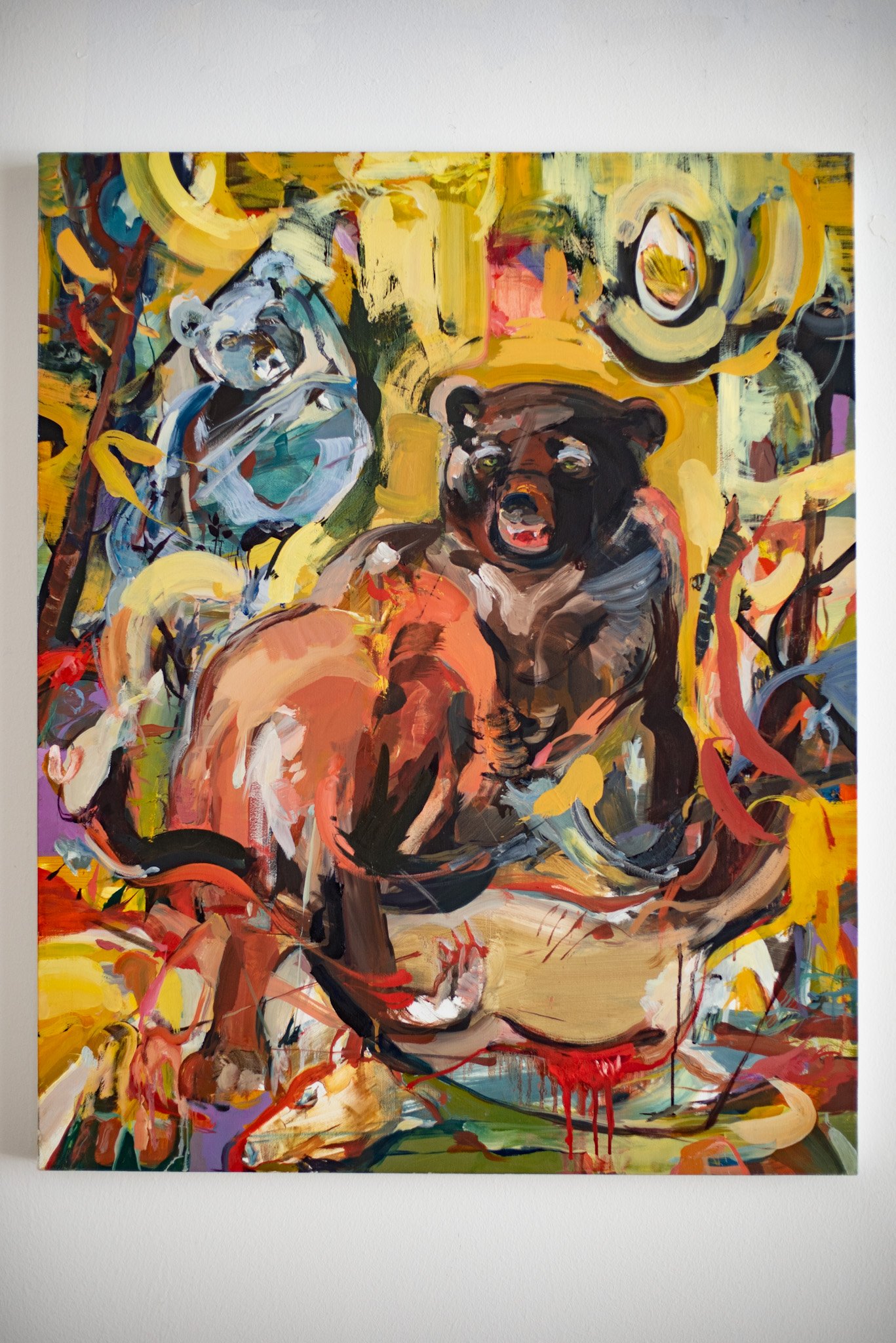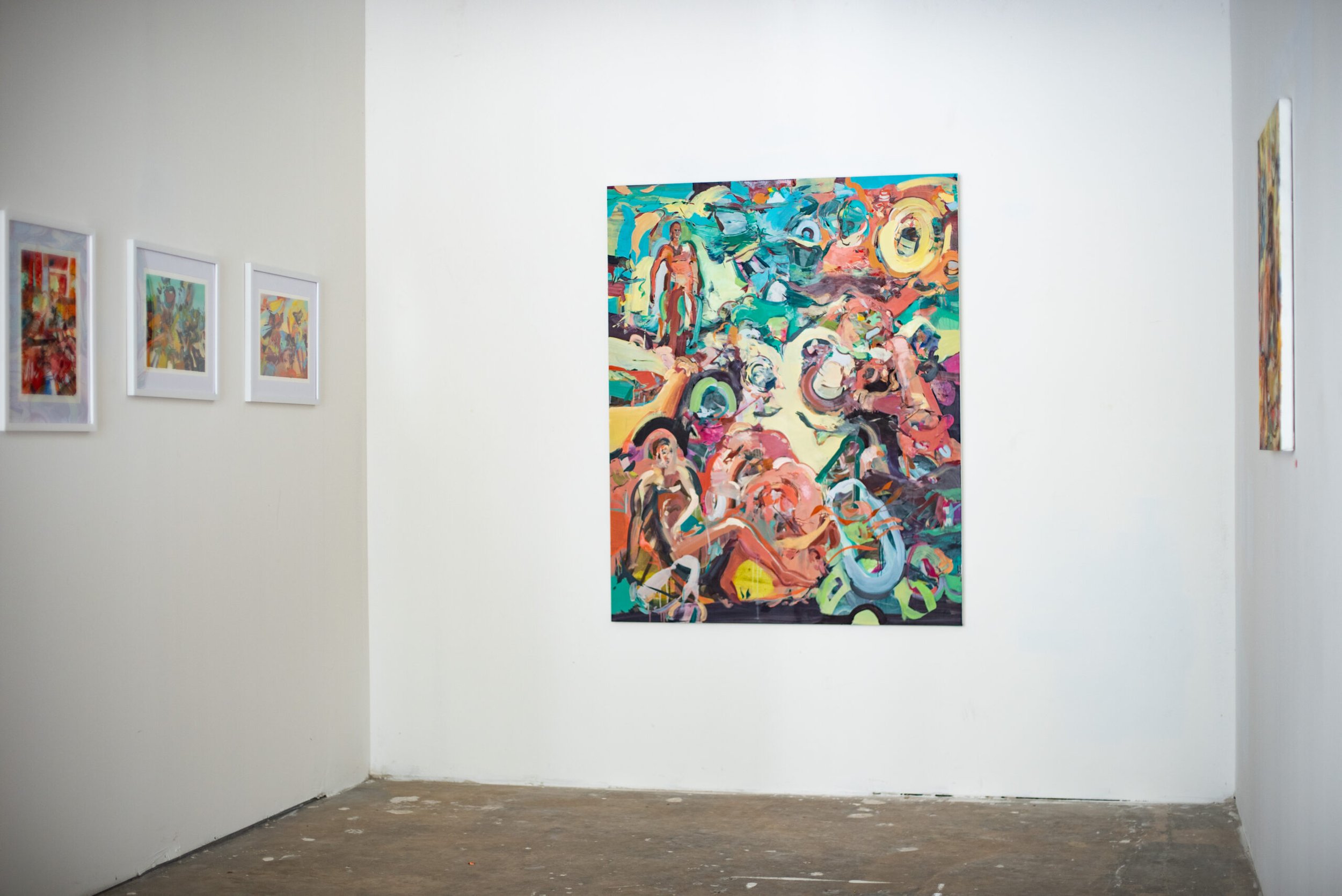The role of an art museum is more than what meets the eye. When we talk about art, it can also expand to the performing art form and beyond. Yes, it is good to feel a limitless quality of what art can do and who it can reach. One of the art museums in the Washington D.C. area that has that expansive quality is The Kreeger Museum. Nestled in the northwest area of D.C., where the winding roads and carefully landscaped gardens meet, the Kreeger gravitates to locals and tourists who seek a serene space for various art forms within the city.
Photo by Frank Hallam Day.
While supporting the contemporary art scene through art shows, talks, and events constitute the norm of an art museum’s role, it is refreshing for the visitors to also experience a variety of programming that enhances its visual arts component. Helen Chason, the director of the Kreeger, graciously shared insights into the museum's profound engagement with the local community, highlighting how these endeavors contribute to the enrichment of visual and performing arts within the Washington D.C. region.
Creative Selectivity
Photo by Nicholas Moreland Photography.
The craft of selecting artists is a process that takes time and research. Art curation is a way of carefully presenting new and returning visitors with a vision of what the art museum represents and what it stands for. It's a process that goes beyond showcasing popular talent. Contemporary emerging talent is always present but it takes a keen eye to select it based on the season, your audience, your messaging/themes, and the other type of programming you may have going on.
At the Kreeger, it is important to immerse the visitor in art but also through music and workshops. These creative endeavors stimulate the artistic senses of sound, movement, and visuals.
Helen Chason touches on the importance of supporting local talent:
To shine a light on the amazing visual and performing artists practicing in our city and provide them with gallery space for showing their work, we developed The Collaborative in 2021. The Collaborative is an exhibition program that supports DC-based artists and strengthens our relationships with other non-profit arts organizations in DC. We are honored to champion the work of these artists and provide many of them the opportunity to present their work in a museum for the first time.
It’s important to highlight local talent within museums, especially since Washington D.C. can be considered such a transient city, where people come to work for a few years and then move on to other places. Nurturing the talent that is already working within the Metro Area can only foster more of an inclusive cultural experience and create room for more talent to emerge, flourish, and maintain itself in creative careers in this area within the visual and performing arts fields.
Chason states:
Jazz at The Kreeger, also developed in 2021, is a monthly concert series at the Museum that features DC-based performing artists. Working in collaboration with Elijah Jamal Balbed, we are honored to present this jazz series to support and spotlight the wealth of musical talent in our metropolitan area.
Aside from art, the jazz community has been an intrinsic part of the Kreeger’s programming. Jazz expands how people can enjoy the art experience through music by honoring diverse talent through another art form. This opportunity creates an atmosphere of cultural history and community as it all blends in together to honor the talent of this area.
Community Goals
Photo by Anna Savino.
The Kreeger Museum uses the art space as a place the community can visit to enjoy and learn more about Washington D.C.’s overall cultural scene. It immerses the visitor in the art experience by asking them to be part of it and engage with local musicians, artists, and overall local talent.
It is commendable for an art space to know its audience and what they want to obtain from visiting a space. It could be to have a nice time, mingle, or learn more about local art and music. It is all valid, but it is also a matter of picking their brain based on how they respond to the activities you are presenting and what they might be interested in as a parallel activity in their daily lives. Say someone is interested in art, could they also be interested in learning to make art or listening to music while viewing it? This is a reflection of what we can see in the Kreeger’s programming.
Chason expands on this thought:
We have a wonderful and simple mission – to share art, architecture, and music. Working with partners and artists across the city we strive to develop workshops, exhibitions, performances, and talks that appeal to all audiences. Our grounds provide a fabulous space for outdoor installations and performances. With new art spaces opening up across the city, there is more opportunity for all to experience work in new venues. The more we work together to promote our artists, the richer our community will be. We are headed in the right direction.
Presenting art as a lifestyle is an exciting pursuit, especially making art more approachable, where people feel there’s a space for them no matter their background. There is room for all to feel welcome, especially if they feel their other interests similar to art are welcomed too, like workshops, music, and even yoga.
Final Musings
Photo by Vivian Marie Doering.
The important part of maintaining a contemporary art space is to be open to multiple possibilities. We live in a world where art has become more accessible to people and it is a good feeling to feel included in this beautiful and in-depth world that is art.
Spaces like the Kreeger are taking this mission one step further by learning more about the people who visit and those who live nearby when offering programming that engages their interest and keeps them coming back to learn more about art history and local talent while immersing as part of a visual and performing art community.









